A decade ago, few would have imagined the the concept of insects as protein, the range of milk alternatives or the proliferation of hard seltzers in every flavor imaginable.
The innovation in the food and beverage space is creating entirely new categories, reshaping the store shelves and transforming our diets. SKU mentor Mark Crowell, an experienced culinologist, is one of the people leading this innovation.
Crowell started his culinary journey with a European apprenticeship at the age of 17, then attending culinary school at the famed Culinary Institute of American in New York. His jobs have included directing food service for Host Marriott, directing culinary development Darden Restaurants (The Olive Garden) and directing food product development at Starbucks, where he was responsible for all food product development for Starbucks 5,500 North American stores. He also owned a top-ranked Mediterranean restaurant.
He currently is the founder and CEO of CuliNex, a consultancy specializing in the development of organic and natural food products. We talked to Crowell about the creative process of food innovation, and how some of the things he’s learned during his career can be translated to emerging brands.
SKU: When it comes to innovation, when and how can a smaller brand create new products?
Mark: Start-ups and smaller brands just need a good idea and a willingness to experiment to create new ideas. We also do a lot of that creative front end work for clients, small and large, getting those ideas from paper concepts into physical prototypes, which can then be and scaled up into commercial food production requires specialized skills.
From Pumpkin Scones to Pumpkin Lattes
SKU: You oversaw innovation for Starbucks for several years. What were some of the most interesting products you developed and what was the process like from the concept phase to getting into the stores?
Mark: A funny story, not well known even inside the company, is that the food group I led came up with the idea to make a Pumpkin Scone for Halloween one year. It was so popular that we ran the out of commercially available totes of pumpkin puree that first year. The second year we told the procurement group to reserve a large supply of pumpkin puree so we wouldn’t run out again. We ran out anyway. That’s when the beverage development group said, “wait a minute, what if we made a Pumpkin Latte”? The rest, as they say, is history.
SKU: What are some lessons that founders of emerging brands can learn from larger brands like Starbucks?
Mark: Larger companies like Starbucks develop a more formalized process for bringing new products to market. There is a lot at stake if there is a failure as companies scale up, so they put a lot of time and effort into making sure that the products are properly manufactured, distributed and prepared in their stores. For emerging brands, what you can learn from larger companies is to sweat the details. Stay focused on making a quality product. In more than 30 years as a development professional, I can’t remember reading a single piece of product research that didn’t say taste was the most important factor in the re-purchase decision.

Do Your Homework
SKU:: What are some lessons larger brands can learn from startups?
Mark: Sometimes larger companies get myopic and can’t seem to see the possibilities anymore. The four walls close in around them and they worry too much about what their plants can manufacture, or what their VPs will approve. They lose faith in their own ability to see the possibilities. Whether it is a product line, a new category, or a processing technology, creativity requires freedom from too many constraints early in the process.
SKU: What should go into that decision-making process when creating a product roadmap
Mark: Every new product initiative should start with a well written project brief. Most of our clients don’t have this document when they come to us, so we have provide a Project Survey questionnaire that is very detailed. We ask them to fill it out and then we discuss it together.
It’s not uncommon for clients to realize they have a lot of homework to do before they are really going to be ready to engage with us. Considerations in the brief should include a description of the product or category, desired selling channels and consumer target, selling price and product cost, expected sales volume, product goals and priorities, the kinds of services they are requesting and their budget, project timing, details on product manufacturing, processing and packaging, key product attributes, product claims and certifications desired, nutritional parameters, must have or must exclude ingredients, shelf life, and consumer preparation instructions.
Familiar with a Twist
SKU: What are some dos and don’ts when it comes to creating new products?
Mark: Like picking stocks, risk and reward do tend to go hand in hand when creating new products. I tend to believe that familiar with a twist is the sweet spot for many new product initiatives. Give people something that’s relatable, but has some unique attributes that you can own, and are believable for your brand. Do stuff that you are personally passionate about. This will see you through the inevitable ups and downs of launching new products. It’s the secret sauce that’s missing from most large companies.

